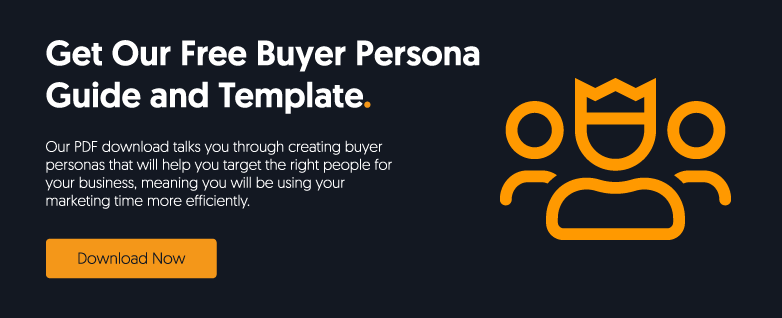How many people are on social media?
Worldwide, it’s 4.8 billion. Just to put that into perspective, the population of the world is 8 billion that's 60% of the world's population that use social media!
Let’s bring that closer to home.
The population of the UK is 67.3 million. As of January 2023, 57.1 million are active on social media (Statistica, 2023.)
So it's pretty safe to say that whatever your business' niche - you're selling on socials.
It’s no wonder we are continuously attracting the attention of social media users circulating these digital hangouts.
Social selling is the new cold call, and it’s not to be confused with social media marketing. Although there are many crossovers between the two, selling and marketing have slightly different objectives at their core.
What is social selling?
So, what is the difference between social selling and social media marketing?
Social selling is what it says on the tin - it generates a profit. Selling is directly streamlined to target your audience with a specific product or service that can be instantly bought, to soothe a pain point.
Marketing is more about awareness and spreading brand familiarity.
Whereas marketing is like the ‘hello, we’re here’, social selling is more ‘buy our stuff.’ Social selling is often labelled as the new and improved, smoother replacement of the infamous cold call.
A sales/marketing fusion
Social selling uses sales and marketing tactics to directly push products or services forward to generate a profit through social media platforms. It directly speaks to your customer and targets specific leads via marketing content.
It works with both new prospects and returning customers. Social media platforms allow private or public communication, allowing for a buildable seller-consumer relationship.
The importance of getting it right
But just like everything in sales, these relationships should be handled with care. Smooth social selling is all about a thorough streamline of communication, attentiveness, and empathy.
Get it right, and your company can...
- Sell to a variety of different marketplaces
- Build valuable professional relationships
- Organically spread brand awareness
When you hit the sweet spot of social selling, a domino effect of awareness and profitable growth will happen organically.
But there are few common mistakes that many salespeople make when it comes social selling.
- Being overly salesy
- Being too broad
- Ignoring customer retention tactics
- Spamming
- Lack of patience
- Wrong audience, wrong places
1. Being overly salesy
No one likes pushy sales. So why be pushy with your customer?
Being pushy will only suffocate your lead, and they'll lose interest immediately. Instead, give your potential customer some breathing room so they can carefully consider their choices before making any solid decisions about purchases or commitments.
They might not be ready to commit yet. Give them time, and maintain gentle reminders about your product so they feel your online presence. They'll use your services as a solution when the time is right for them, not for you.
2. Being too broad
Many marketers bite off more than they can chew when it comes to audiences. Rather than building on individual relationships or engaging in conversations, they focus on only broadcasting their own content. This can estrange customers and alienate them.
Instead, try to personalise specific content towards your prospects, and take a more funnelled and personalised approach to sales.
3. Ignoring customer retention tactics
Made a sale? Now make sure your customer still remembers who you are. Many sales teams focus so much on gaining new interest, they forget familiar faces.
But actually, the end goal is retaining loyal customers who return again and again. That's where you'll generate the most growth, and build a network of loyal customers.
Ask your buyers for follow-ups about their experience and withdraw their feedback on your product or service. This allows you to retain customers through crafting even more personalised content, so that they become (and remain to be) a loyal customer.
4. Spamming
Being pushy is one thing. But being spammy is a different kettle of fish. Spamming your prospects with annoying, repetitive content is only going to repel a potential customer base. In the world of social media etiquette, being spammy is perhaps the biggest no-no.
You're far more likely to pique curiosity by engaging in organic, authentic conversations.
Be careful with how you use automated DMs, and keep on track of genuine conversations that are circulating in your customer communities.
5. Lack of patience
Building organic, valuable customer relationships takes time.
Selling is like dating. You're not going to 'attract' into a long-term relationship at the click of a button. You need to have patience. Take time to authentically lay the foundations for a long-lasting seller-consumer relationship.
6. Wrong audience, wrong places
This goes without saying, but always remember to sell yourself in the right marketplaces.
Different platforms attract different audiences. So where should you be social selling?
It really depends on your audience.
To build engaging business relationships with potential partners, industry contacts, or clients - use Linkedin. Whereas Twitter and Instagram are your holy grail for casual customer interactions, keep an eye on the progression of Threads also.
It really depends on where your buyer personas are spending their time.
Buyer persona, buyer persona, buyer persona.
We said it three times because it's just that important.
Always go back to your buyer persona if you're struggling to make sales on social platforms. It's your first starting point for almost every decision you make.
Starting off with a solid buyer persona lays the foundations for literally everything else. It informs you where to sell, who you're selling to, and which types of content to post for your audience. It tells you which conversations to become involved with, and what communities your business should integrate with.
Your free guide from Method
If you need a hand with curating your buyer persona, we've got just the thing.
Your buyer persona is your square one. Click it into place, and the rest becomes a walk in the park.
To give you a head start, we've got a free downloadable Ebook. It's full to the brim with useful marketing insights, so you can really dissect your audience and formulate a sales strategy that promises to hit the ground running.




